Robert Burns, Scotland's National Poet
Robert Burns has achieved global renown as Scotland’s national poet. During a short life span of just 37 years Burns rose from modest farming family stock in South Ayrshire to write and accumulate some 600 poems and songs including Auld Lang Syne which has become a universal song of parting and New Year welcome the world over. Burns’ literary achievements can be traced to encouragement of his father, William, at a time (late 18th century) when there were few opportunities for formal schooling. Burns achieved his literary skills through a mix of private tuition and self-learning. Burns’ early life was spent in Ayrshire towns and villages such as Alloway, Ayr, Kirkoswald, Irvine, Mauchline, Kilmarnock, Dalrymple, Tarbolton and Kilmarnock. He subsequently visited Edinburgh, the Borders, West of Scotland, the Highlands, Galloway and Dumfries. Burns died at Dumfries in 1796 and was buried there, at St. Michael’s Kirkyard.
Birthplace Cottage at Alloway
The life of Robert Burns
1759-1786: Born on Jan 25th 1759 in a two roomed thatched cottage built by his father, William in Alloway. This building still exists and is now a visitor attraction. Schooled by John Murdoch in Ayr 1773 and by Hugh Rodger at Kirkoswald in 1775. Learned dancing at Dalrymple 1775-1779. Co-founded the Bachelors’ Club in Tarbolton and was initiated as a freemason there in 1781. Also in 1781 was involved in a failed flax growing and spinning enterprise in Irvine. At Irvine Burns was inspired by one Richard Brown to consolidate his poems and songs into a single publication. On July 31st 1786 there was published at Kilmarnock Poems, Chiefly in the Scottish Dialect by John Wilson. This Kilmarnock Edition generated fifty pounds for Burns, a considerable sum for the time.
1786-1787: Burns sent just over five months in Edinburgh staying at Baxter’s Close in the Lawnmarket. Through his Masonic connections Burns had introductions to a wide range of Edinburgh society including aristocracy. Here the second edition of his writings was initiated which had a print run of three thousand copies, was very well received and served to lift Burns’ status even higher.
1787: From May 5th to June 1st Burns undertook a ‘celebrity’ tour of the Scottish Borders visiting such towns as Kelso, Jedburgh, Selkirk, Traquair, Berwick, Dunbar, Newcastle, Hexham and Carlisle.
Burns House at Jedburgh
1787: Between June 1st and August 7th Burns toured the West of Scotland. Starting at Dumfries where he was awarded an Honorary Freedom of the town. He went on to visit other places including New Cumnock, Mauchline, Kilmarnock, Glasgow, Greenock, Inveraray., Arrochar, Tarbert, Balloch, Dumbarton and Paisley.
1787: Between August 24th and September 23rd. Burns toured the Scottish Highlands and North East. This tour started and finished at Edinburgh and included Linlithgow, Falkirk, Bannockburn, Stirling, Dunblane, Crieff, Kenmore, Dunkeld, Aberfeldy, Inverness, Elgin, Banff, Aberdeen, Montrose, Perth and Dunfermline. When in Edinburgh Burns continued to press his publisher, Creech for monies due to him for his increasingly popular works.
Original poem by Burns on interior wall of Kenmore Hotel.
1788: In early April, 1788 Robert Burns married Jean Armour at Gavin Hamilton’s office in Mauchline, a union eventually confirmed by the Mauchline Kirk Session. At this stage Burns had three occupations: farmer, exciseman (tax collector) and poet.
1790-91: Burns’ seminal work Tam o’ Shanter dates from this time. This is a story of a farmer from Maybole who get into trouble due to a fondness for women and drink and culminates in a terrifying and comic climax at the Brig o’ Doon in Alloway.
Representation of Tam o'Shanter at Burns Birthplace Cottage.
1793: Between July 27th and August 2nd undertook what is known as the First Galloway Tour which included Dumfries, Airds, Kirkudbright, Wigtown, Kirkoswald and Girvan.
1791-1794: During this period Burns and his family were domiciled in Dumfries, a development which has given rise to the highest incidence of Burns memorabilia anywhere in the world. At Dumfries Burns focused on his duties as Exciseman. Between June 25th and June 28th. Burns undertook his Second Galloway Tour including Dumfries, Castle Douglas, Gatehouse, Newton Stewart, Portpatrick and Dumfries.
Globe Inn Dumfries
1796: Burns visits the Hamlet of Brow on the shores of the Solway. He died at Dumfries on July 18th 1796 from a rheumatic fever type ailment and was buried at St. Michael’s Kirkyard on July 26th. On this very day, his wife, Jean gave birth to another son and their ninth child.
Robert Burns Legacy
Amongst his six hundred works perhaps the most famous include: To a Mouse (Wee, sleekit, cowrin, tim’rous beastie); The Cotter’s Saturday Night; Tam o’ Shanter; and Auld Lang Syne.
Burns was the greatest ever Scottish poet. He lived life to the full, had numerous extra marital affairs and was responsible for a number of illegitimate children. He was a natural and talented poet who took inspiration from the rural life around him together with collected folk stories. He left a massive legacy which is remembered at Burns suppers the world over, particularly in the following lines:
Ye Pow’rs wha mak Mankind your care And dish them oot their bill o’fare, Auld Scotland wants nae skinking ware That jaups in luggies; But, if ye wish her grateful’ prayer Gie her a haggis!
Sites to connect with Robert Burns
Most sites are located in the Ayr and Alloway region south of Glasgow in S.W. Scotland. These include:
- The Robert Burns Brthplace Museum at Alloway.
- Auld Kirk (church) at Alloway.
- Burns Monument Garden and Statue House at Brig o'Doon.
- Tam o'Shanter Inn at Ayr.
- Souter Johnnie's cottage at Kirkoswald.
- Bachelors' Club at Tarbolton.
- Poosie Nansie's Alehouse at Mauchline.
- Ellisland Farm
- Robert Burns House at Dumfries.
- Globe Inn at Dumfries.
- Brig o'Doon at Alloway
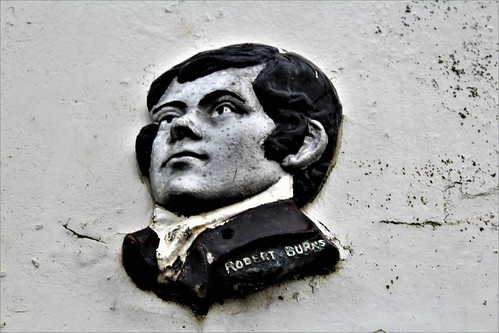
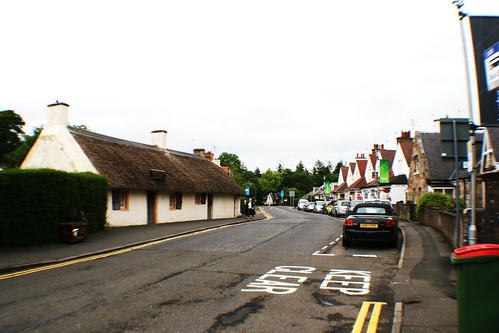
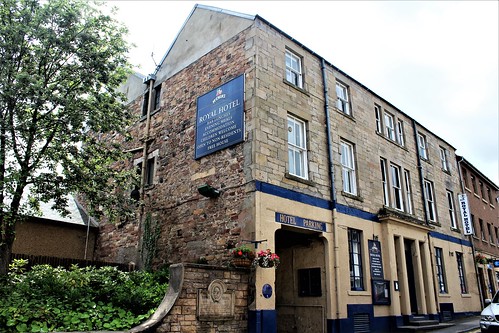

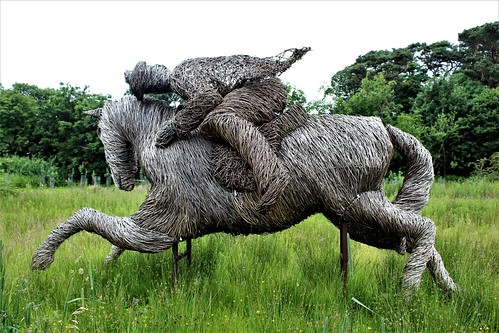



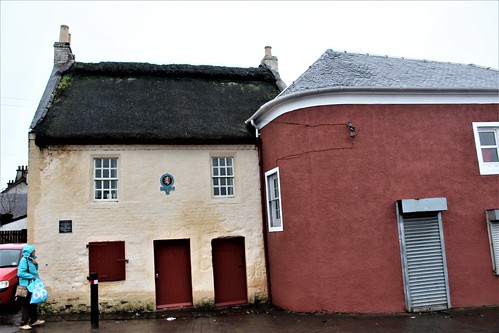


Comments
Post a Comment